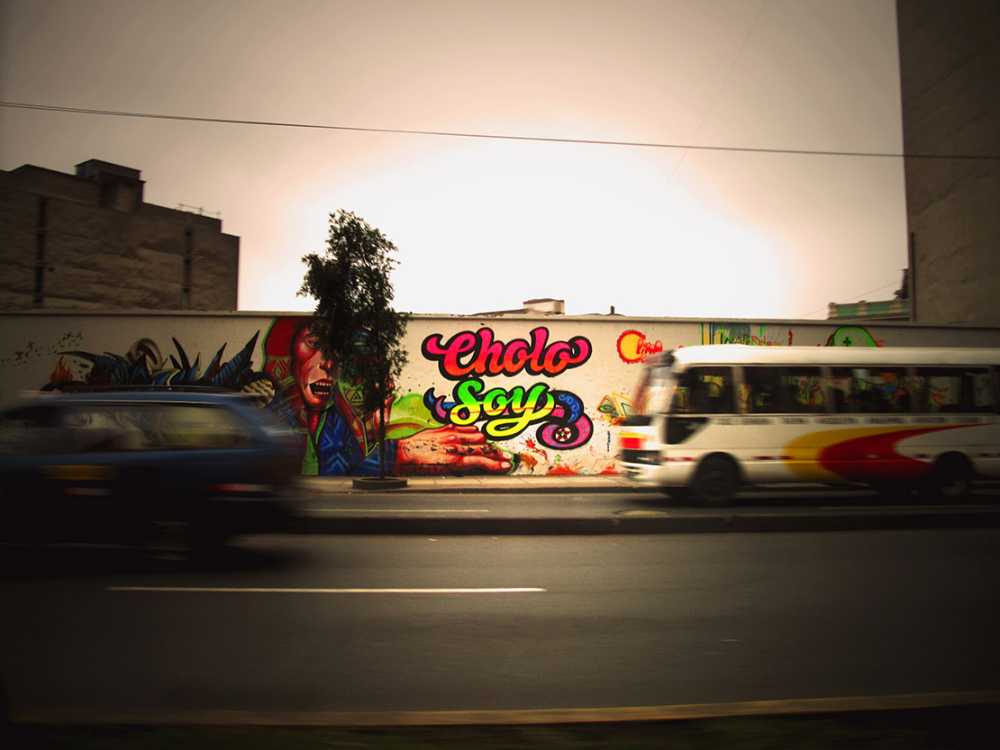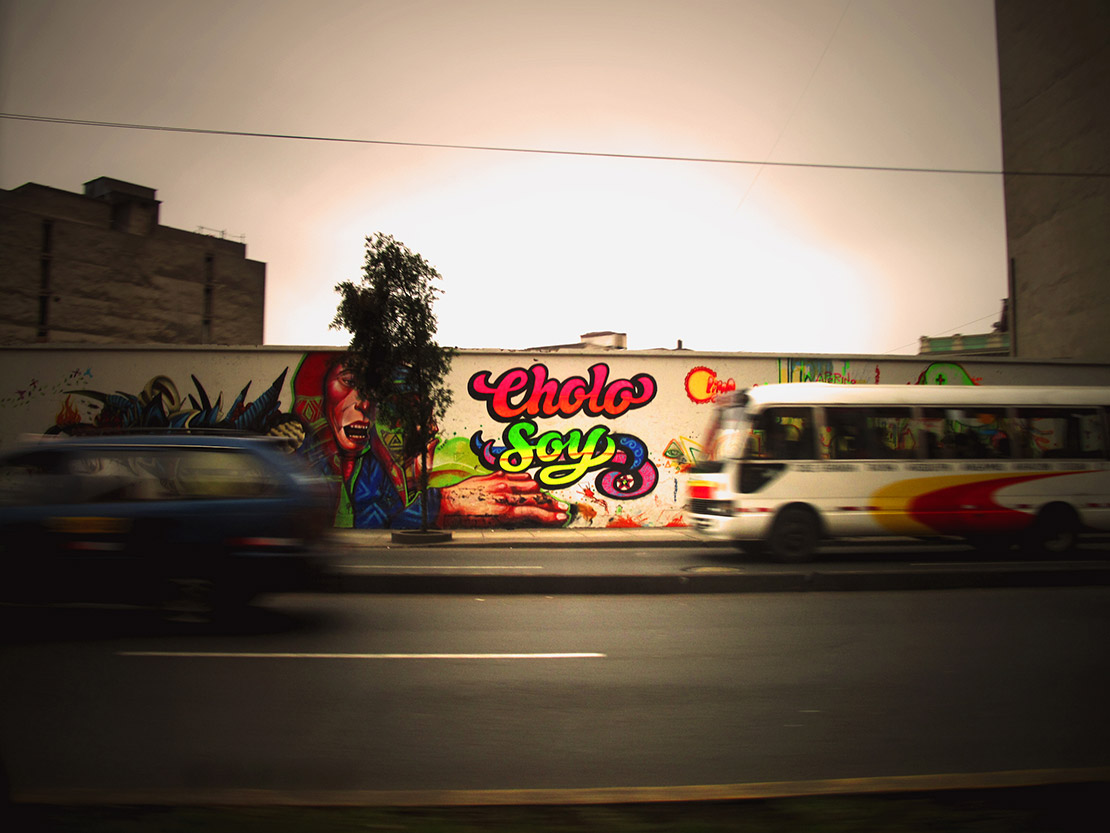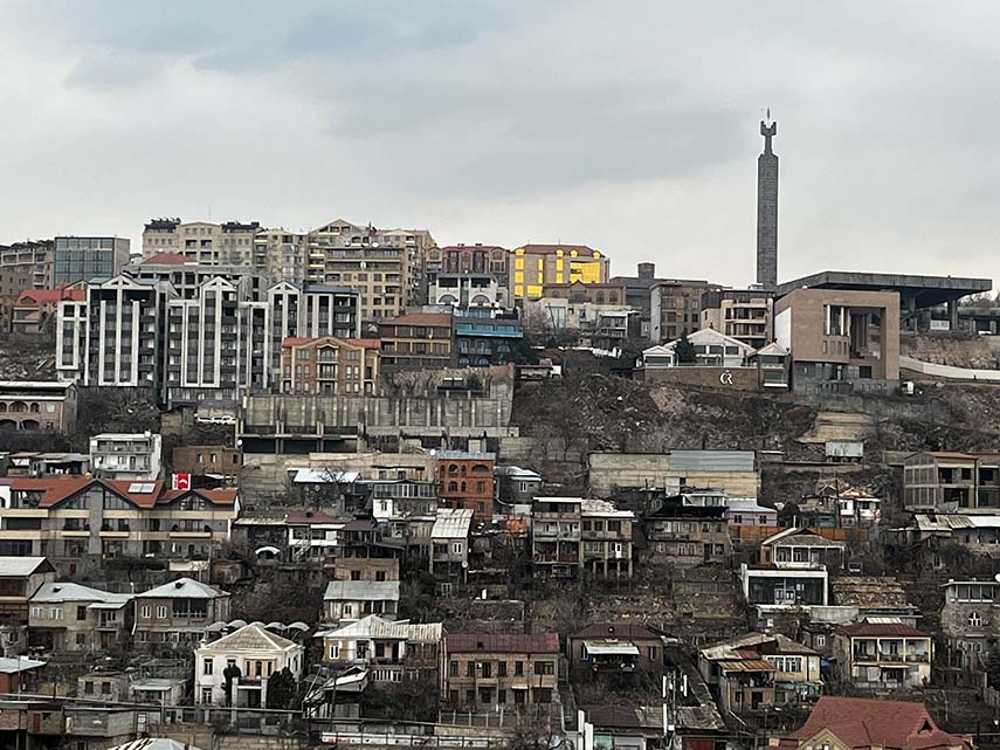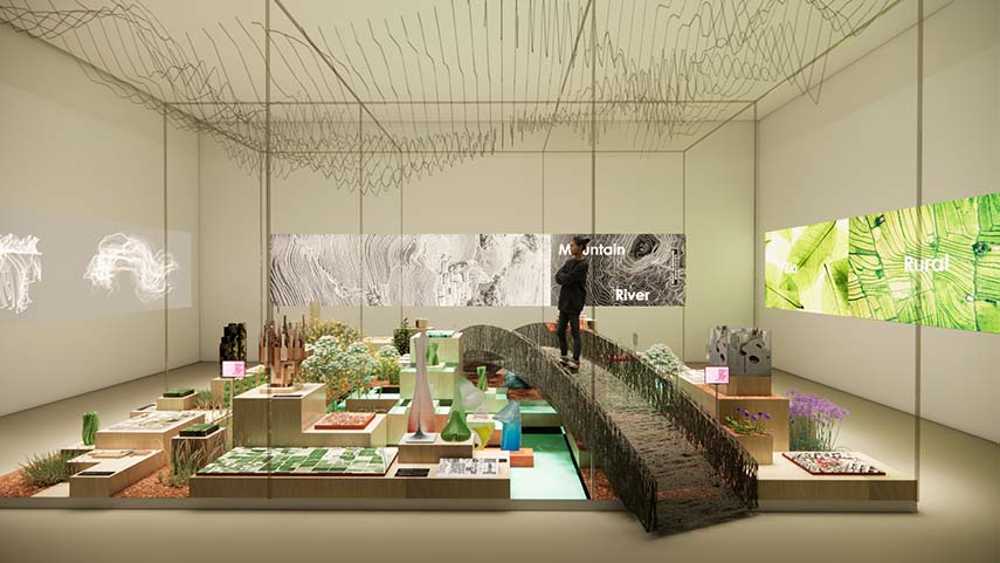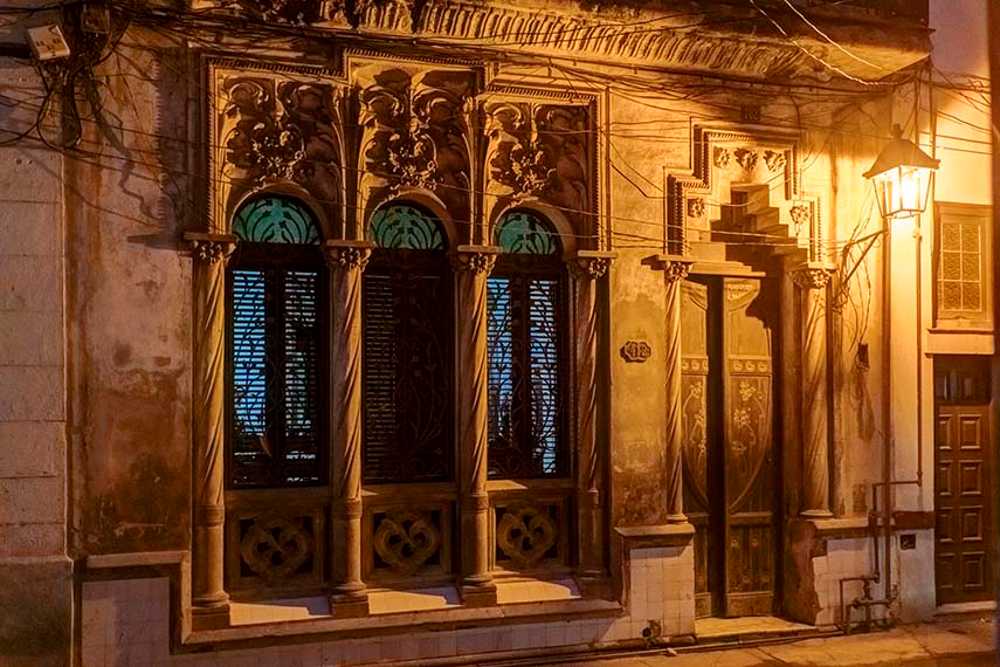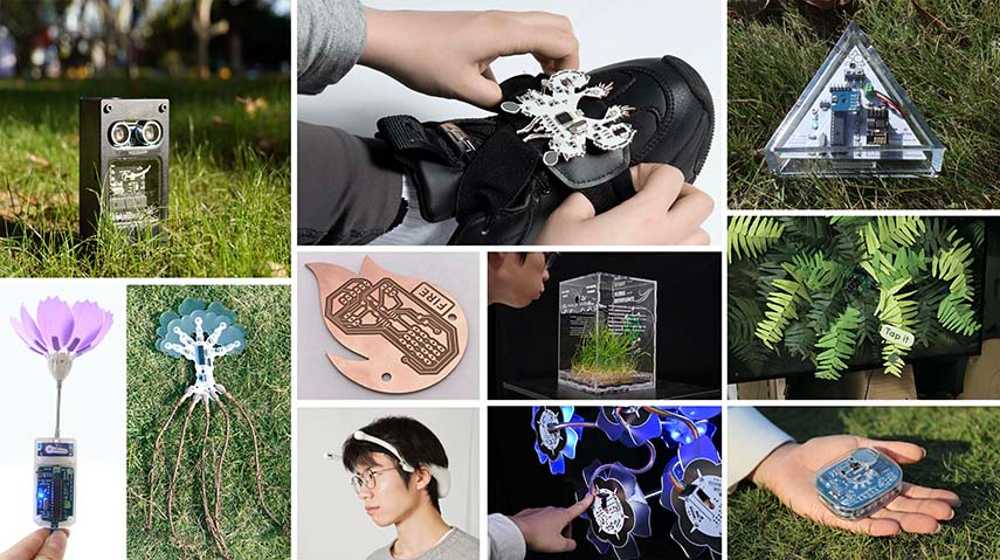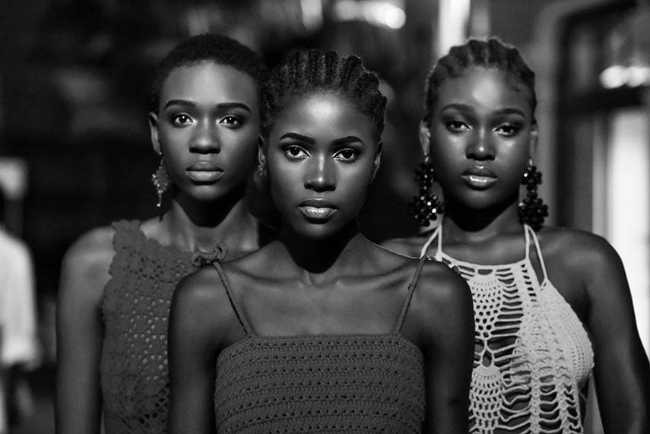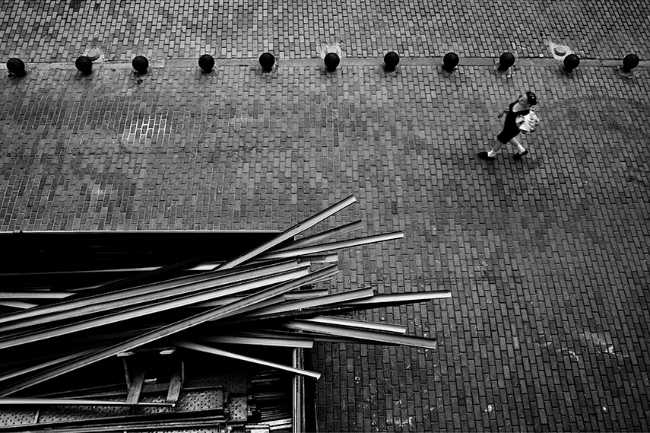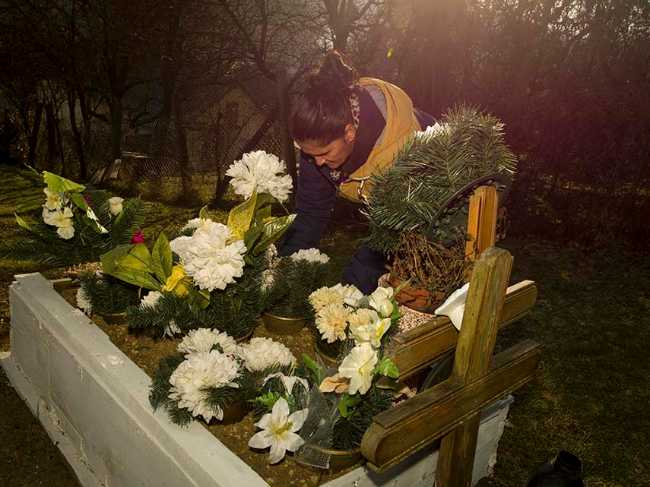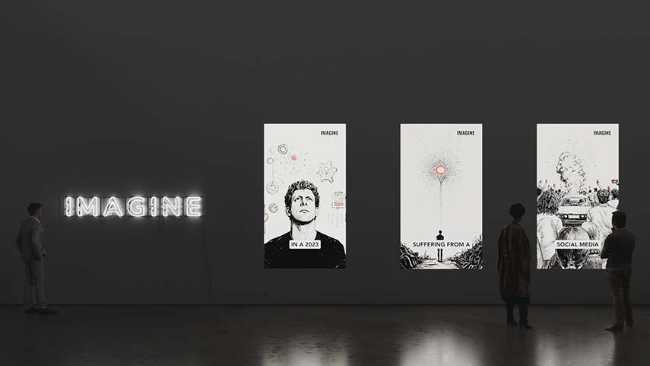Inequalities: The Exhibition that Focuses on the Fractures of the Present
After exploring sustainability with Broken Nature (2019) and the mystery of the universe with Unknown Unknowns (2022), Triennale Milano concludes the trilogy dedicated to major contemporary challenges with an edition entirely focused on the urgent and cross-cutting theme of inequalities. With Inequalities, it reflects and magnifies the fractures of the world, summoning critical thinking, artistic practices, architecture, performance, and collective participation.

